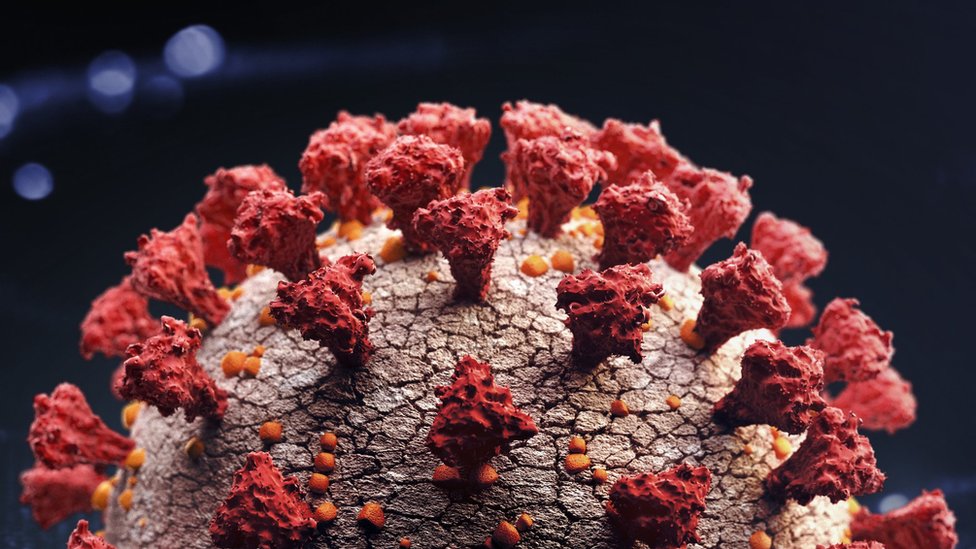Why the new variants of COVID-19 should not be taken lightly

Just as our memories of the impact of COVID-19 started to fade and the peak of the pandemic seemed to be well and truly behind us, another lockdown was enforced. Auckland went into its first level 3 lockdown of 2021 and the third since March 2020. This somehow reminded us that normality is not yet within sight and we’ll still be living under the shadow of COVID-19 at least for the foreseeable future.
The recent community case a week ago that lead Auckland to a level 3 lockdown has been confirmed to be related to one of the more transmissive strains of the virus. For the past months and especially the past weeks, we have been bombarded with news and information about the emergence of several worrying variants of COVID-19 that happened in the UK, South Africa, and Brazil. We’ve heard a lot about the term “variants” but not many of us fully understand what it actually means, how these new variants came about, and how can they change the entire pandemic landscape in relation to the strategy in fighting the virus.
I decided to focus this week’s article on giving you all a deeper understanding of why we are seeing these worrisome variants now. And it boils down to the process of evolution.
1) Increasing genetic diversity over time
In a nutshell, evolution is a continuous process where changes accumulate over time and the environment helps decide which characteristics or traits of the virus get to stick around and which ones should be eliminated. As a matter of fact, since the start of the pandemic, the COVID-19 virus has been mutating where its genetic codes have been changing slowly as it continues to spread from person to person. At the beginning of the pandemic, the transmissibility of the virus was not much different from the original virus that started more than a year ago. However, the extent of the mutation became substantial as the virus branched out further into different countries around the world. A simple analogy to describe this is like playing a game where your friend draws a picture of an object on a piece of paper on your back and you try to guess what they are drawing based on the strokes you feel from your back. Then you do the same on someone else’s back and the cycle keeps repeating for a further 3 people. Everyone would have a different interpretation of the image they are trying to tell to the next person at each subsequent time and by the end of the exercise, you are more likely to end up with a different image than what you’ve started with.
What we know is that the mutation of genetic material is considered normal and, in most cases, such mutations may even result in a weaker virus over time. However, what we are seeing today with how the virus is behaving is posing a great concern. Instead of seeing a weaker virus, the strain appears to be more aggressive and transmissible than past versions of the COVID-19 virus. What scientists are beginning to speculate is that the new variants might have evolved to dodge our immune system.
2) Evolution due to increasing human immunity
Genetic diversity can be partly responsible for the emergence of new variants. However, it is not the only reason. It is also possible that the mutation is a response to the development of human immunity to the virus. At the beginning of the pandemic, everyone’s immune systems would be equally bad at recognising the virus. However, as time goes by, as individuals recover from the infection, a new variant may emerge that can somehow evade the immune system. For instance, both the South Africa and Brazil variants consist of a mutation in the virus that allows it to attach to human cells in a way that may allow reinfection in people who have already been infected with COVID-19.
3) Mutation due to the infection of a certain group of individuals
The scientists also suspect the new variants could be a result of the infection of people who are immunocompromised. Under a normal situation, when our immune system is exposed to the virus, it will launch an immediate assault to try to neutralise the virus. However, in the case of a compromised immune system, the virus could be present in the person for a much longer period which could potentially allow the virus more time to mutate and evolve.
Final thoughts:
Many countries have started to vaccinate against COVID-19 since the beginning of 2021. There is a pressing urge for vaccination to happen quickly and to vaccinate as many people as possible (ideally 80% of the population to achieve herd immunity). This is because if vaccination does not happen fast enough, in the foreseeable future, the virus will be hammered by another big selection pressure to evolve and mutate and this time the new variant could be slightly better at evading the immunity provided by the vaccines. When this occurs, another widespread transmission can happen and the pandemic could reach another peak.
So many factors play into the creation of COVID-19 variants and discovery administration of a COVID-19 vaccine is not the end of the story, unfortunately, there are many more chapters that are yet to be written.
To a quick and efficient vaccination rollout,



















